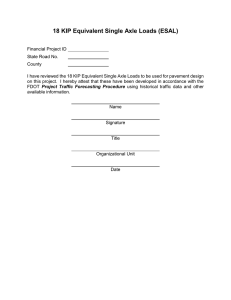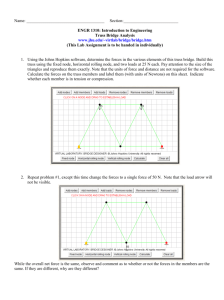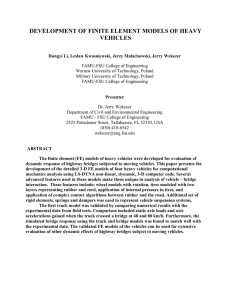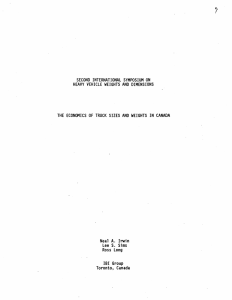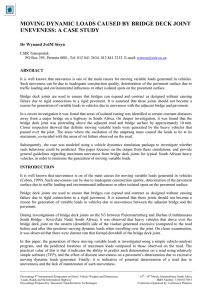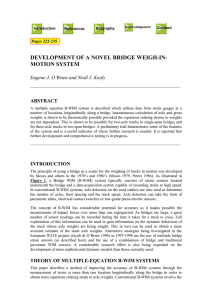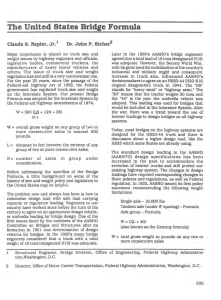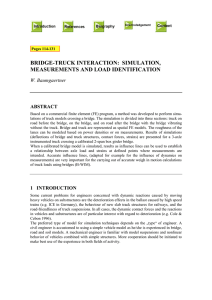EGS 2310 Engineering Analysis – Statics Instructor: Dr. Kwabena
advertisement
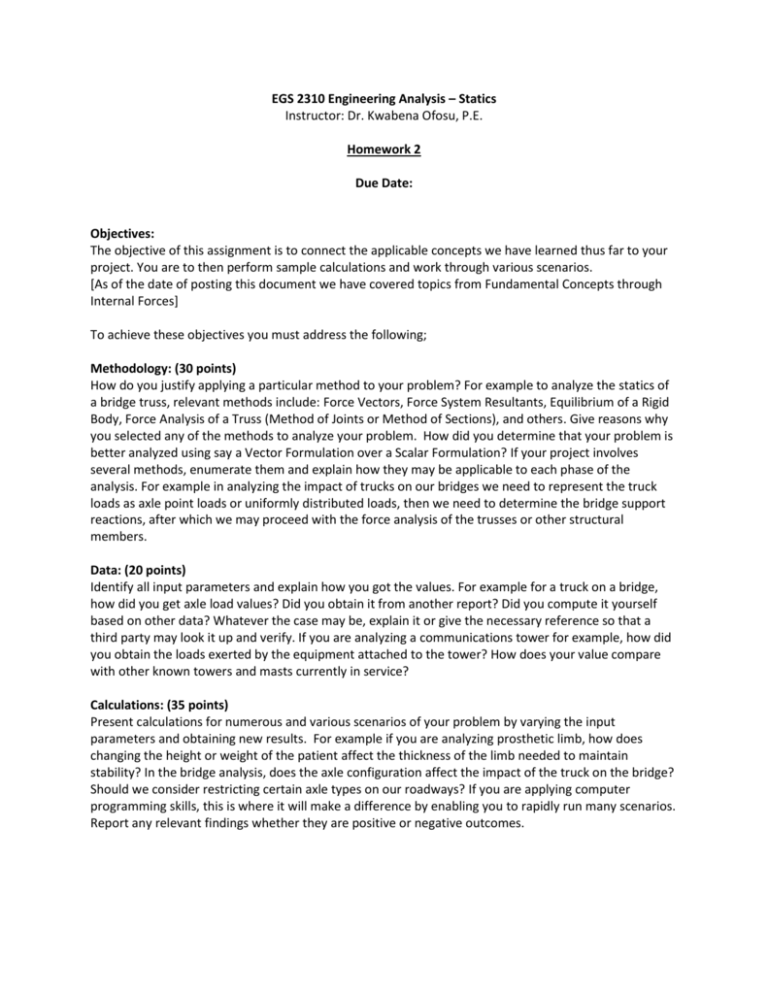
EGS 2310 Engineering Analysis – Statics Instructor: Dr. Kwabena Ofosu, P.E. Homework 2 Due Date: Objectives: The objective of this assignment is to connect the applicable concepts we have learned thus far to your project. You are to then perform sample calculations and work through various scenarios. [As of the date of posting this document we have covered topics from Fundamental Concepts through Internal Forces] To achieve these objectives you must address the following; Methodology: (30 points) How do you justify applying a particular method to your problem? For example to analyze the statics of a bridge truss, relevant methods include: Force Vectors, Force System Resultants, Equilibrium of a Rigid Body, Force Analysis of a Truss (Method of Joints or Method of Sections), and others. Give reasons why you selected any of the methods to analyze your problem. How did you determine that your problem is better analyzed using say a Vector Formulation over a Scalar Formulation? If your project involves several methods, enumerate them and explain how they may be applicable to each phase of the analysis. For example in analyzing the impact of trucks on our bridges we need to represent the truck loads as axle point loads or uniformly distributed loads, then we need to determine the bridge support reactions, after which we may proceed with the force analysis of the trusses or other structural members. Data: (20 points) Identify all input parameters and explain how you got the values. For example for a truck on a bridge, how did you get axle load values? Did you obtain it from another report? Did you compute it yourself based on other data? Whatever the case may be, explain it or give the necessary reference so that a third party may look it up and verify. If you are analyzing a communications tower for example, how did you obtain the loads exerted by the equipment attached to the tower? How does your value compare with other known towers and masts currently in service? Calculations: (35 points) Present calculations for numerous and various scenarios of your problem by varying the input parameters and obtaining new results. For example if you are analyzing prosthetic limb, how does changing the height or weight of the patient affect the thickness of the limb needed to maintain stability? In the bridge analysis, does the axle configuration affect the impact of the truck on the bridge? Should we consider restricting certain axle types on our roadways? If you are applying computer programming skills, this is where it will make a difference by enabling you to rapidly run many scenarios. Report any relevant findings whether they are positive or negative outcomes. Conclusions and Recommendations: (15 points) Identify any improvements that can be made. Identify further analyses that we are yet to cover in class that can provide additional insights, if applicable. For example if you are analyzing the stability of a dam, further insight will be obtained when we study Friction, in detail, in Chapter 8. Group members: The output of a group shall be commensurate with the size of the group. For example a group of three presenting say two scenario calculations will be considered insufficient. If you are working in a group, provide a tentative breakdown of each member’s contribution to this submittal. A contribution shall involve some analysis or computational input. For example a group member cannot be responsible solely for typing up the reports, she or he must have some substantial contribution involving Statics, data collection or processing, scenario calculations, or computer programming.
